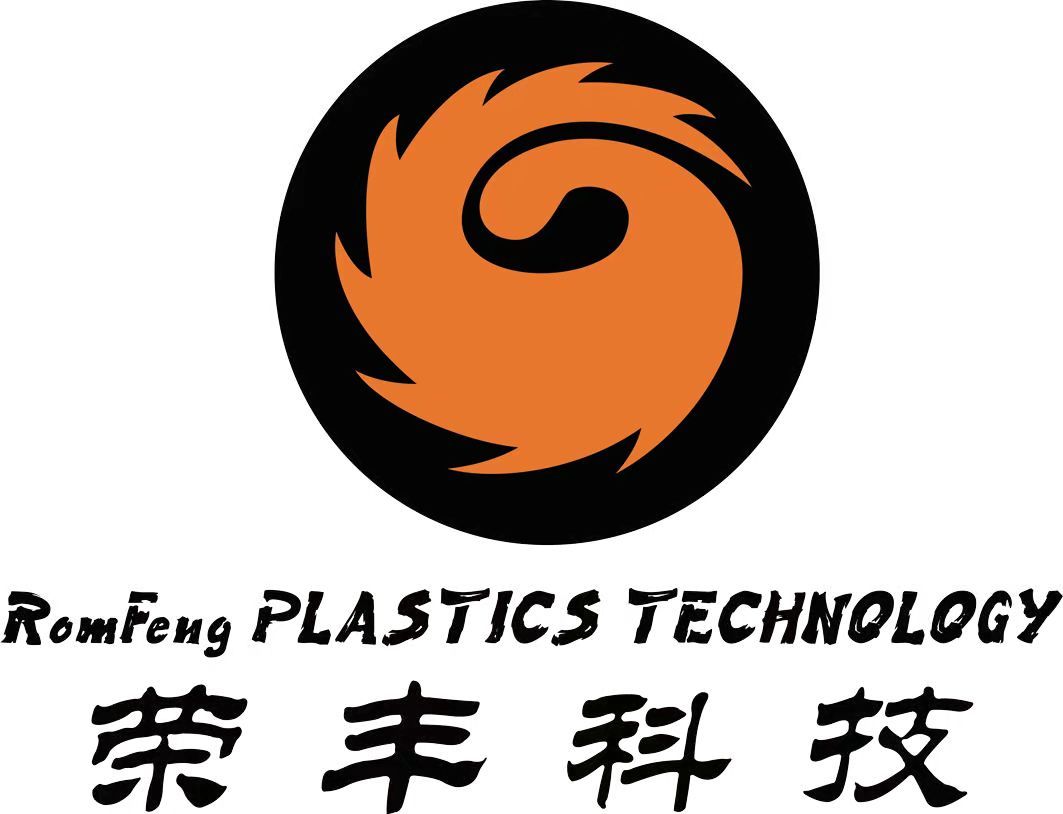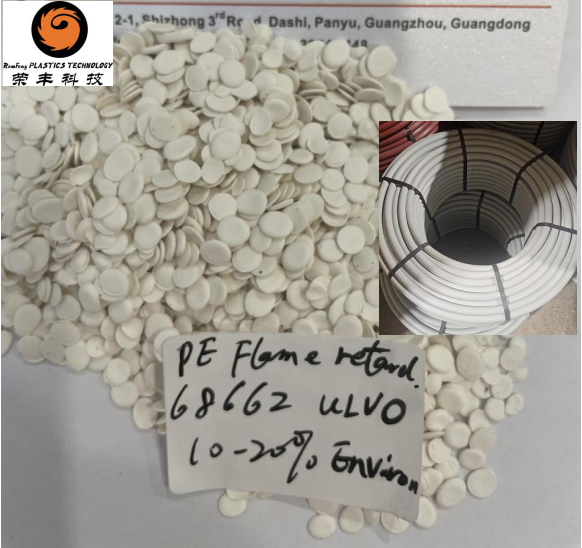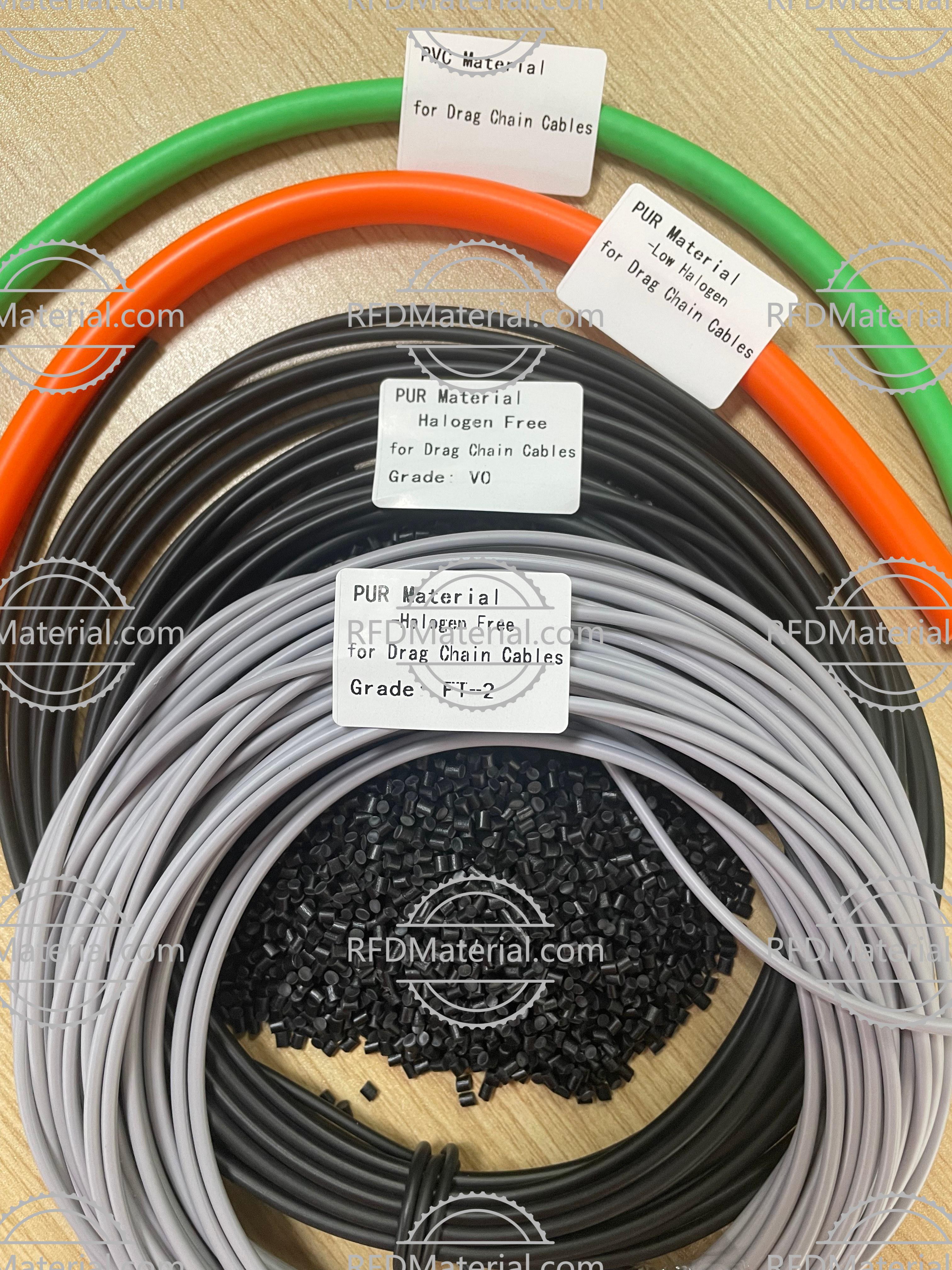Enhancing Functional Properties of XLPO Materials with Color Masterbatch: A Comprehensive Guide
Release time:
2025-08-09 11:00
Source:
Enhancing Functional Properties of XLPO Materials with Color Masterbatch
Table of Contents
1. Introduction to XLPO Materials
2. Understanding Color Masterbatch
3. Importance of Enhancing Functional Properties
3.1 Mechanical Strength and Durability
3.2 Thermal Stability
3.3 Aesthetic Appeal
4. Integration of Color Masterbatch with XLPO
4.1 Selection of Color Masterbatch
4.2 Processing Techniques
5. Case Studies and Applications
5.1 Automotive Industry
5.2 Consumer Goods
6. Challenges in Enhancing XLPO with Color Masterbatch
7. Future Trends in XLPO and Color Masterbatch Applications
8. Conclusion
9. FAQs
1. Introduction to XLPO Materials
XLPO, or cross-linked polyethylene, represents a significant advancement in polymer technology. This material combines the beneficial properties of polyethylene with cross-linking techniques, resulting in enhanced mechanical strength, chemical resistance, and thermal stability. The versatility of XLPO materials makes them ideal for various applications, including insulation, tubing, and automotive components.
2. Understanding Color Masterbatch
Color masterbatch is a concentrated mixture of pigments and additives encapsulated in a carrier resin. This product allows manufacturers to achieve vibrant and consistent colors in their plastic products without compromising material performance. By using color masterbatch, manufacturers can obtain uniform coloration while benefiting from enhanced physical properties.
3. Importance of Enhancing Functional Properties
The integration of color masterbatch into XLPO materials significantly enhances their functional properties. This section explores the specific benefits of this combination.
3.1 Mechanical Strength and Durability
The addition of color masterbatch can improve the mechanical strength of XLPO materials. This enhancement is crucial for products that must withstand physical stress and strain, such as automotive parts and construction materials. A robust color masterbatch formulation can contribute to higher tensile strength and impact resistance, leading to longer-lasting products.
3.2 Thermal Stability
Thermal stability is a vital property for materials used in high-temperature applications. Color masterbatch can be engineered to maintain performance even under extreme conditions, ensuring that XLPO components do not warp or degrade. This stability is particularly essential in automotive and electrical applications, where exposure to heat is common.
3.3 Aesthetic Appeal
Beyond functionality, aesthetic appeal plays a significant role in consumer preferences. Color masterbatch enables manufacturers to produce visually striking products that attract customers. From vibrant colors to matte finishes, the possibilities are endless, allowing for creative designs that do not sacrifice performance.
4. Integration of Color Masterbatch with XLPO
Understanding how to effectively integrate color masterbatch with XLPO materials is crucial for maximizing their benefits. This section provides insights into the selection process and various processing techniques.
4.1 Selection of Color Masterbatch
Choosing the right color masterbatch is essential for achieving the desired functional properties. Manufacturers should consider factors such as color fastness, compatibility with XLPO, and the specific application requirements. Collaborating with suppliers who specialize in color masterbatches for engineering plastics can help in making informed decisions.
4.2 Processing Techniques
The processing of XLPO with color masterbatch can significantly impact the final product's properties. Techniques such as extrusion, injection molding, and blow molding are commonly used. Each method has its unique advantages and considerations, thus selecting the appropriate technique is crucial for achieving optimal results.
5. Case Studies and Applications
The benefits of combining color masterbatch with XLPO materials are evident across various industries. This section highlights noteworthy case studies and applications.
5.1 Automotive Industry
In the automotive sector, the demand for lightweight, durable, and aesthetically pleasing materials is ever-increasing. By integrating color masterbatch with XLPO, manufacturers can produce interior and exterior components that not only meet safety standards but also enhance the overall design of vehicles. From dashboard panels to bumpers, the potential is vast.
5.2 Consumer Goods
The consumer goods industry has also embraced the combination of XLPO and color masterbatch. Products such as storage containers, household items, and toys benefit from improved durability and vibrant colors. This approach allows brands to differentiate their products in a competitive market.
6. Challenges in Enhancing XLPO with Color Masterbatch
While the integration of color masterbatch with XLPO offers numerous benefits, challenges do exist. These may include issues related to processing conditions, the risk of color fading over time, and compatibility between the masterbatch and the XLPO. Addressing these challenges requires careful formulation and testing.
7. Future Trends in XLPO and Color Masterbatch Applications
The future of XLPO materials enhanced with color masterbatch appears promising. Innovations in polymer chemistry and processing technologies are likely to lead to even more advanced formulations. Trends such as sustainable color masterbatches and bioplastics are gaining traction, catering to eco-conscious consumers and manufacturers alike.
8. Conclusion
Enhancing the functional properties of XLPO materials with color masterbatch represents a significant advancement in the field of plastics and modified materials. By carefully selecting the right color masterbatch and employing effective processing techniques, manufacturers can achieve remarkable improvements in mechanical strength, thermal stability, and aesthetic appeal. As industries continue to innovate, the potential for XLPO and color masterbatch applications will only continue to grow.
9. FAQs
1. What is XLPO, and what are its primary applications?
XLPO, or cross-linked polyethylene, is a type of plastic known for its durability and resistance to heat and chemicals. It is commonly used in insulation, plumbing, and automotive components.
2. How does color masterbatch enhance XLPO materials?
Color masterbatch improves the aesthetic appeal of XLPO materials while also enhancing their mechanical strength and thermal stability, making them suitable for a wider range of applications.
3. What factors should be considered when selecting a color masterbatch?
When selecting a color masterbatch, consider color fastness, compatibility with XLPO, and the requirements of the intended application.
4. What are some common processing techniques for XLPO and color masterbatch?
Common processing techniques include extrusion, injection molding, and blow molding. Each method offers unique advantages depending on the application.
5. Are there any challenges associated with using color masterbatch in XLPO materials?
Challenges may include processing difficulties, potential color fading, and compatibility issues. Careful formulation and testing can help address these challenges.
Color Masterbatch For XLPO Materials








